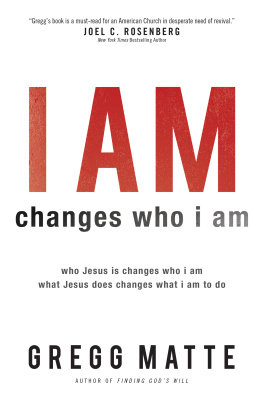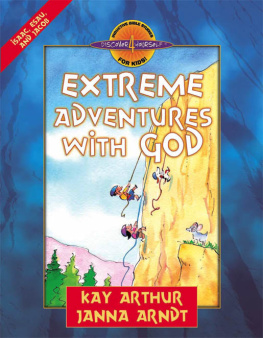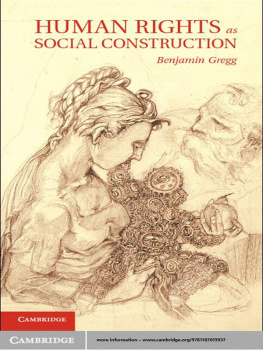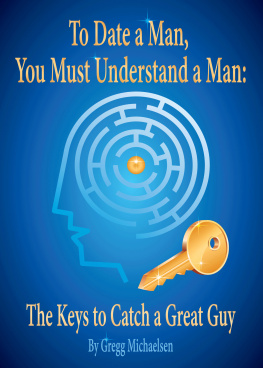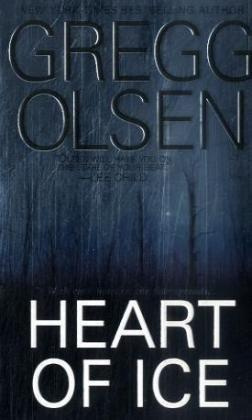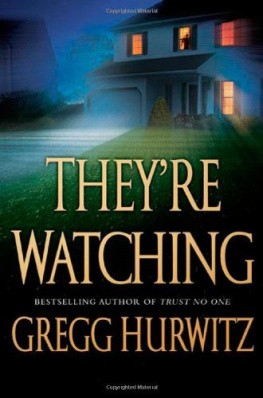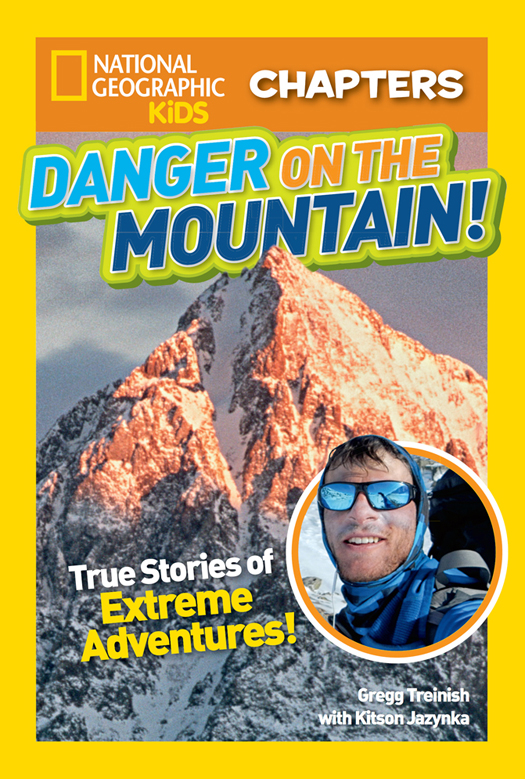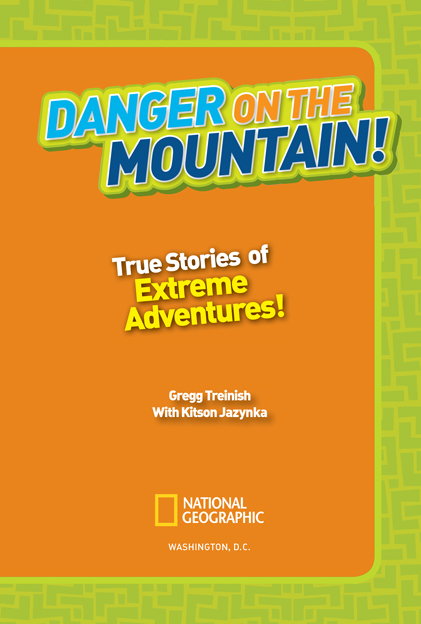Copyright 2016 National Geographic Partners, LLC
All rights reserved. Reproduction of the whole or any part of the contents without written permission from the publisher is prohibited.
Since 1888, the National Geographic Society has funded more than 12,000 research, exploration, and preservation projects around the world. The Society receives funds from National Geographic Partners LLC, funded in part by your purchase. A portion of the proceeds from this book supports this vital work. To learn more, visit www.natgeo.com/info.
For more information, visit www.nationalgeographic.com, call 1-800-647-5463, or write to the following address:
National Geographic Partners
1145 17th Street N.W.
Washington, D.C. 20036-4688 U.S.A.
Visit us online at nationalgeographic.com/books
For librarians and teachers: ngchildrensbooks.org
More for kids from National Geographic: kids.nationalgeographic.com
For rights or permissions inquiries, please contact National Geographic Books Subsidiary Rights:
NATIONAL GEOGRAPHIC and Yellow Border Design are trademarks of the National Geographic Society, used under license.
Art directed by Sanjida Rashid
Designed by Ruth Ann Thompson
National Geographic supports K12 educators with ELA Common Core Resources. Visit natgeoed.org/commoncore for more information.
Trade paperback
ISBN: 978-1-4263-2565-6
Reinforced library edition
ISBN: 978-1-4263-2566-3
eBook ISBN: 978-1-4263-2568-7
v3.1
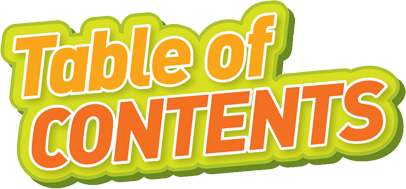
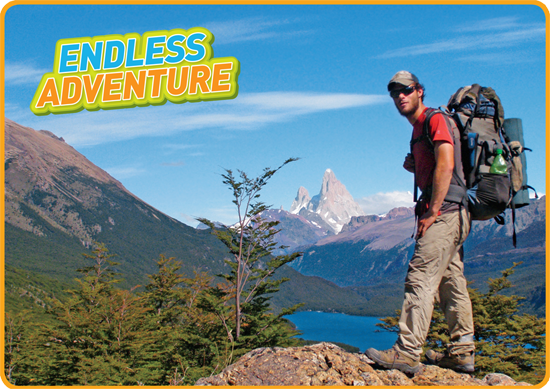
)
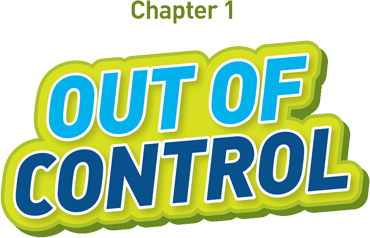

Skittish horses kick up dirt in their corral. ()
T he pounding of horses hooves was like thunder in my ears. I knew I was in trouble when the frothy white foam from my horses mouth flew back and hit me in the face. I clung to his sweaty neck as he sprinted. I felt completely out of control.
This had all been my dads idea. My family was on a six-week, cross-country trip out West. My dad had been talking about doing this trip my whole life. When we left the Ohio, U.S.A., suburbs, I had no idea what was ahead, but I couldnt wait. I loved the idea of journeying into the unknown.
So far, the trip had been amazing. We had searched for grizzly bears in Yellowstone National Park. We had raced go-karts in Wisconsin, visited Mount Rushmore in South Dakota, and hiked in the Grand Canyon in Arizona. Now we were in Nevada.
On this day, my dad wanted to take my brothers and me horseback riding in the foothills of the gigantic, snow-capped Sierra Nevada mountains.
I followed my brothers out of the RV and headed toward a dusty, run-down barn. But my excitement turned into something else as soon as I saw the horses.
Did You Know?
Yellowstone National Park is an animal-lovers dream.
Its home to 67 species of mammals, 285 bird species, and 6 kinds of reptiles.
Right away, I could tell that the horses werent well cared for. They were dirty and skittish. They tossed their heads as if they were afraid.
The man getting the horses ready dropped heavy western saddles on their backs. The horses sidestepped and snorted. He yelled at them to stand still while he tightened the saddles to keep them from slipping. We mounted up. But the horses wouldnt move.
The man smacked them to make them walk out of the corral. I had a sick feeling in my stomach for the animals.
But once we left the corral, I started to feel something else. I loved the powerful feeling of riding a horse. My body fell into a rhythm with the horses motion as he walked forward. I gripped the cracked leather reins that rested across his neck, and I looked out toward the mountains. I took a deep breath and closed my eyes for a moment.
As soon as we got away from the barn, my horse threw his head up and walked faster through the lush prairie. The other horses walked a little faster, too. I wondered if the horses had planned an escape.
Did You Know?
A horse can run about the same speed cars drive25 to 30 miles an hour (40.2 to 48.2 km/h).
Then my horse leaped forward. I lurched back. Now we were trotting, one-two, one-two, one-two, faster and faster. I bounced hard with each quick step and yelled for him to stop.
But the horse didnt stop. He lowered his head and charged across the meadow like a runaway train. I held my breath and struggled to balance as the horse plunged forward. We skimmed over rocks and wove around bushes and logs. I dug my fingers into his tangled mane as I clung to his neck.
The other horses raced, too. My dad held on to my little brother Davids shirt as he dangled off the side of the horse they shared. David screamed and cried.
Eventually, the horses got tired. Somehow, we got back to the barn without falling off or killing ourselves.
My brothers and my dad got off and said they never wanted to ride horses again. But I loved the rush of tearing across that open range. I also really, really wished I could have helped those horses. I could feel their misery. This crazy ride left a strong impression on me as a kid.
Today, Im a biologist (sounds like bye-OL-uh-jist). Ever since I was a kid, I have loved outdoor adventure. And Ive always wanted to make a positive impact on the world.
I founded an organization called Adventure Scientists. We match extreme outdoor athletes (like hikers, paddlers, and skiers) with information-hungry scientists who need data samples from hard-to-reach places all over the world.
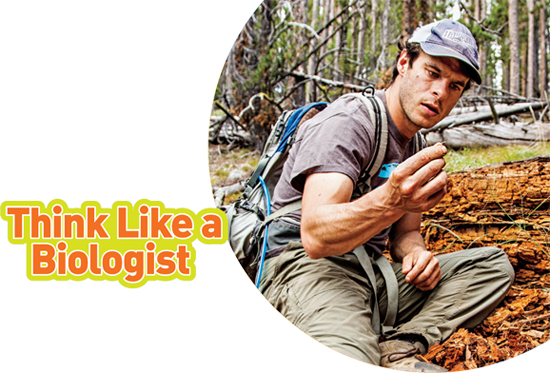
()
I once hiked for 520 miles (837 km) in the Northern Rocky Mountains to study wild animals like wolverines, moose, mountain lions, and grizzly bears. I collected information to help protect those species and their wild homes, but I also became part of the ecosystem (sounds like EE-koh-sis-tum) myself. If you see a wild animal, you can think like a biologist, too. Imagine yourself as the animal. View the world from the animals eyes. Ask yourself questions about how the animal might act or how it finds food.
Even though I grew up in the suburbs, I saw beauty in nature and animals all around me. I had a few wild pets at home, like the chipmunk that lived under our garage. I called him Chippy.
I loved Chippy. Id sit and wait for him to show up. Then Id watch him run around. There was a stray cat I used to watch for, too. I called him Mr. Whiskers.
Looking back, I realize it was my connection with animals that started me on the path to become a biologist, and to start Adventure Scientists. As a kid, I thought a lot about how animals survived despite the challenges of their environments.


